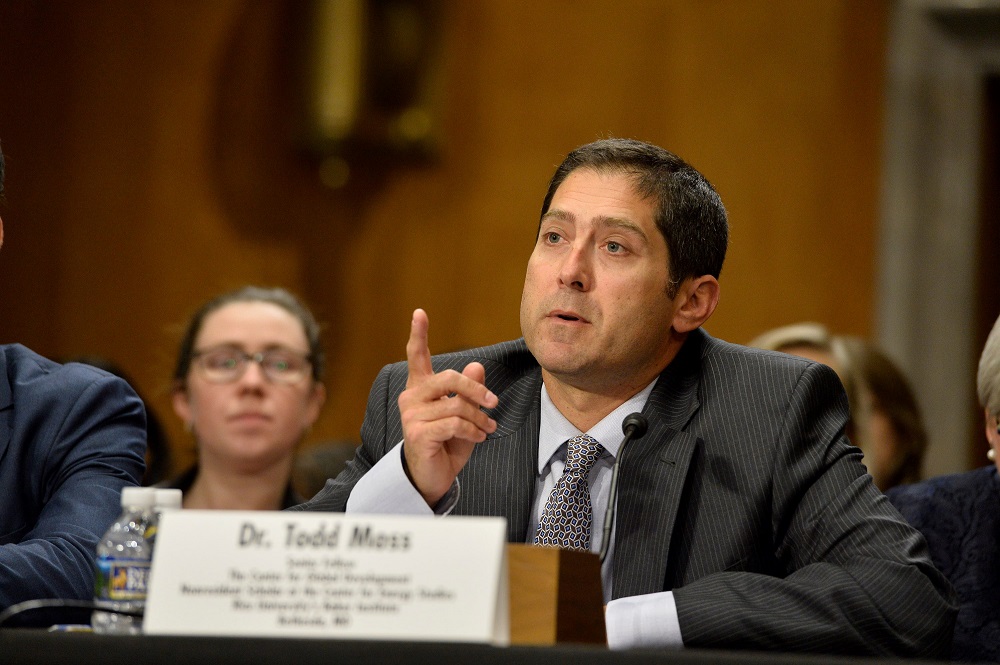Last night the House of Representatives passed the Electrify Africa Act. They followed the Senate, which passed the same bill by unanimous consent last December. Yes, amazingly enough, Congress has finally spoken: Combatting African energy poverty is the official policy of the land, or at least will be once President Obama holds a signing ceremony in the next 14 days.
Signing the Electrify Africa into law is a big deal for two reasons. First and foremost, this significantly raises the likelihood that President Obama’s Power Africa initiative will have a shelf life beyond January 2017. Second, it shows that there is strong, bipartisan support for African governments’ “all of the above” strategies for generating the energy required to drive economic growth and poverty reduction.
The final vote last night has been a long time coming. The House first introduced similar legislation in June 2013, led by Congressmen Ed Royce (R-CA) and Eliot Engel (D-NY). That bill had nearly 120 bipartisan co-sponsors, and passed the House in May 2014 by a vote of 297-117. Then the clock ran out on the 113th Congress before the Senate could pass their bill.
This time around, the Senate took the first step. Senators Bob Corker (R-TN) and Ben Cardin (D-MD) led the charge, along with more than 20 other co-sponsors. The upper chamber’s unanimous consent right before the holiday recess cleared the way for the House vote last night.
In the meantime, the Power Africa team has been plowing ahead. In fact, they essentially have already met many of the Electrify Africa Act requirements. Last week, the Obama Administration launched the Power Africa Roadmap, which outlines the President’s strategy for doubling electricity access in Sub-Saharan Africa. We have read the Roadmap from cover to cover. It is extremely comprehensive, thoughtful, and backed up by reams of hard data. Even if there are some natural questions about specific issues (such as division of labor with the African Development Bank, World Bank, and other actors), we expect that the Roadmap will receive a warm reception on Capitol Hill.
USAID also released an impressive new app, which is available for free on iTunes (weirdly, it’s hard to find; try searching for PATT). It includes information on every generation project that Power Africa is tracking and/or supporting across the continent. These nearly 240 projects are searchable by country, generation type, and technology. The app also includes data on projected new connections, where available. This tool will be a valuable public good, not just for Power Africa watchers, but investors and policymakers as well. More broadly, it sets a high bar for transparency for a complex interagency effort.
So, with Electrify Africa through Congress, the Roadmap out, and a new app to track progress, it’s been a good week for the fight against energy poverty.
As with all things, however, there is still some work left undone. In an effort to secure passage of the bill, the Senate gutted some of the more substantive components of the Electrify Africa Act. This included multiyear authorization for and a long list of reforms to the Overseas Private Investment Corporation, like: (1) simplifying the approval process for smaller energy projects; (2) allowing for local currency guarantees to facilitate local lending; (3) requiring that OPIC publicly disclose detailed information on all of its sponsored projects; and (4) making OPIC’s Board of Directors bipartisan. All of these reforms would have made OPIC more efficient, effective, and accountable. Given this, Congress should take them up again in the near future.
For now, however, we’re applauding the triple win by Congress and the Power Africa initiative.
CGD blog posts reflect the views of the authors, drawing on prior research and experience in their areas of expertise.
CGD is a nonpartisan, independent organization and does not take institutional positions.




